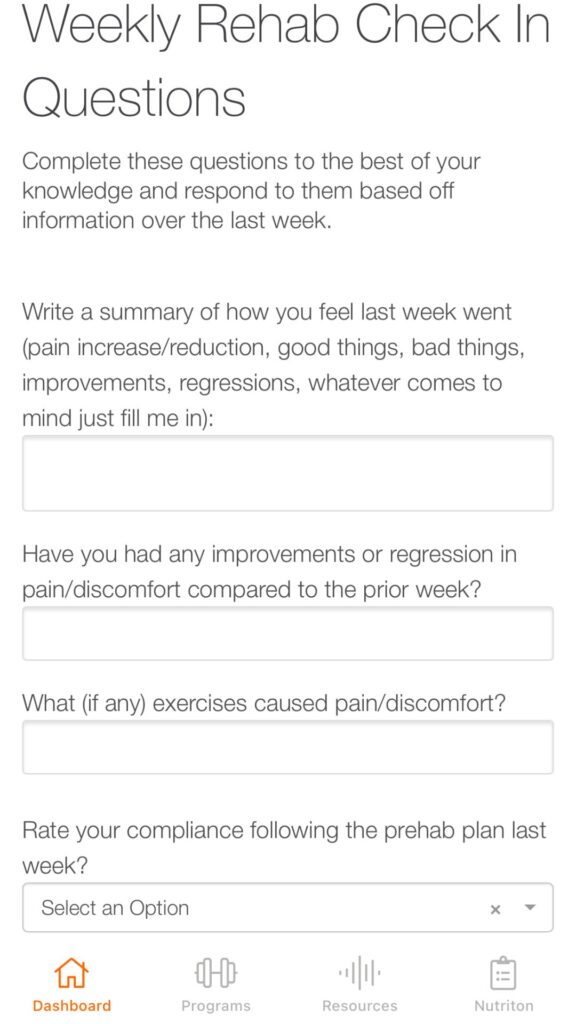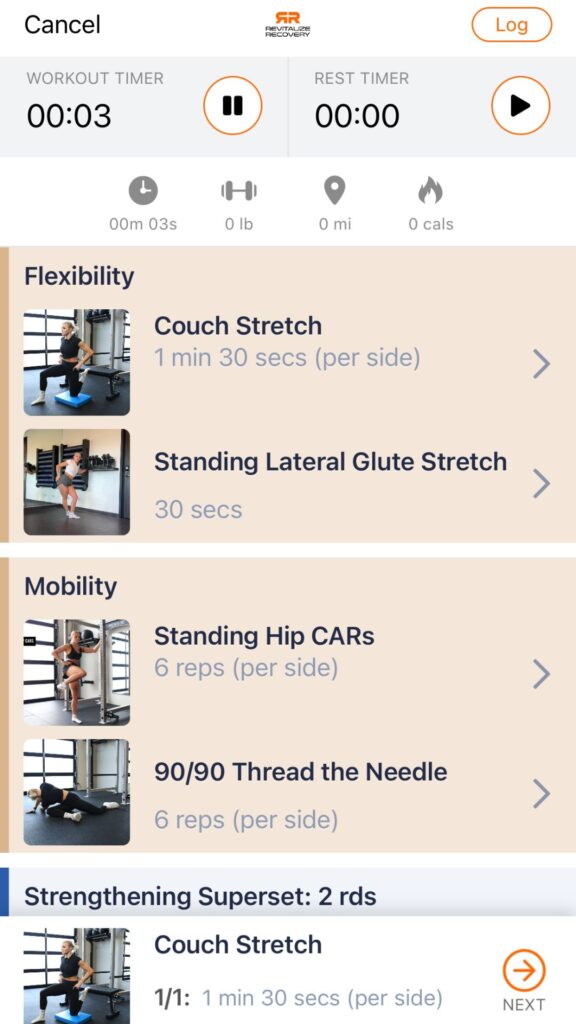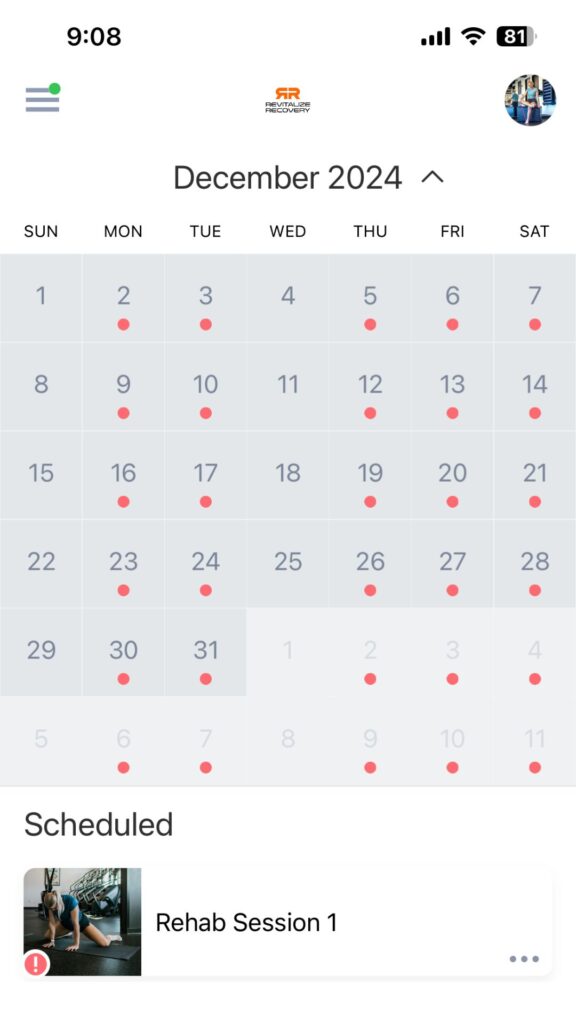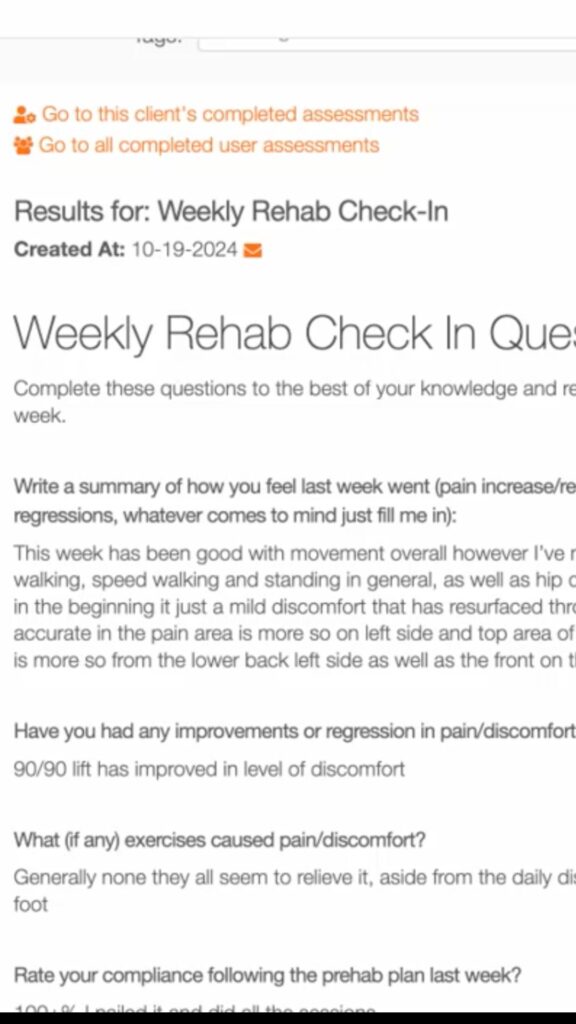physical
therapy
Online or In-Person:
The Choice Is Yours
Whether You're Local or Anywhere in the World, We've Got You Covered.
***REVITALIZE RECOVERY IS AN OUT OF NETWORK PROVIDER AND DOES NOT ACCEPT INSURANCE FOR IN PERSON & ONLINE PHYSICAL THERAPY***
In-Person PT
- One-On-One Care With Your Therapist
- 60 Minute Sessions
- Hands-On Manual Therapy
- Individualized Rehab Exercises
- At-Home Programming
Online PT
- Tailored 12-Week Rehab Program
- Program Delivered via App With Video Exercises
- Available Globally
- Anytime Access To Your Program
- Weekly Check-Ins, Video Feedback, Monthly Zoom Calls
IN PERSON PHYSICAL THERAPY
D1 TRAINING BOISE
3750 E Pewter Falls Street
Suite 120
Meridian, ID 83642
How Does oNline
Pt WORK?
how can a physical therapist
help me?
Physical therapy is a non-invasive rehabilitative discipline aimed at improving your health and quality of life. Physical therapy isn’t just one exercise or one type of stretch. It includes many different types of treatments, including stretching, specific neuromuscular exercises, manual therapies, and modalities. Because there are many different types of treatments that fall under the physical therapy discipline, physical therapy can be used to improve many different conditions, including:
- Musculoskeletal Aches and/or Pains
- Muscle Imbalances and Weakness
- Joint Conditions and Diseases
- Nerve Dysfunction
- Arthritis
- Sports Related Injuries
- Post-Operative Rehabilitation
- And A Lot More
WHY
CHOOSE US
Key Advantages of Our Physical Therapy Approach At Revitalize Recovery
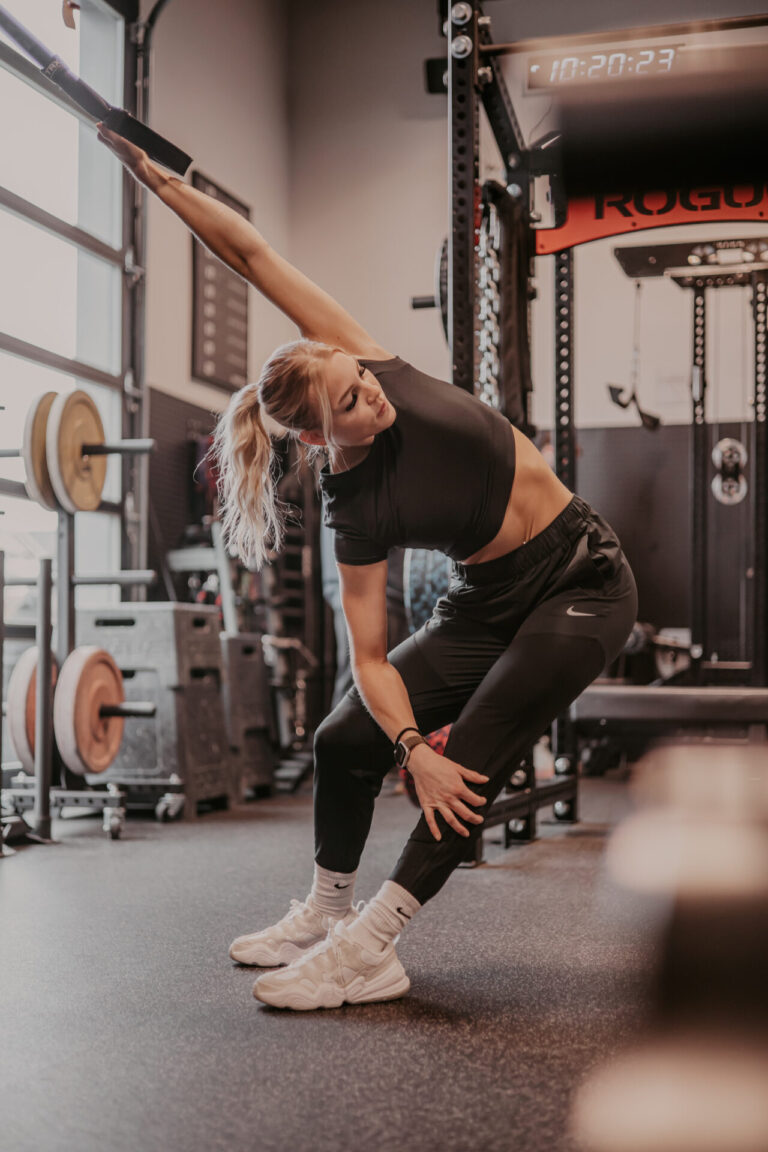
no overwhelming
co-pays
Transparent pricing without overwhelming co-pays.
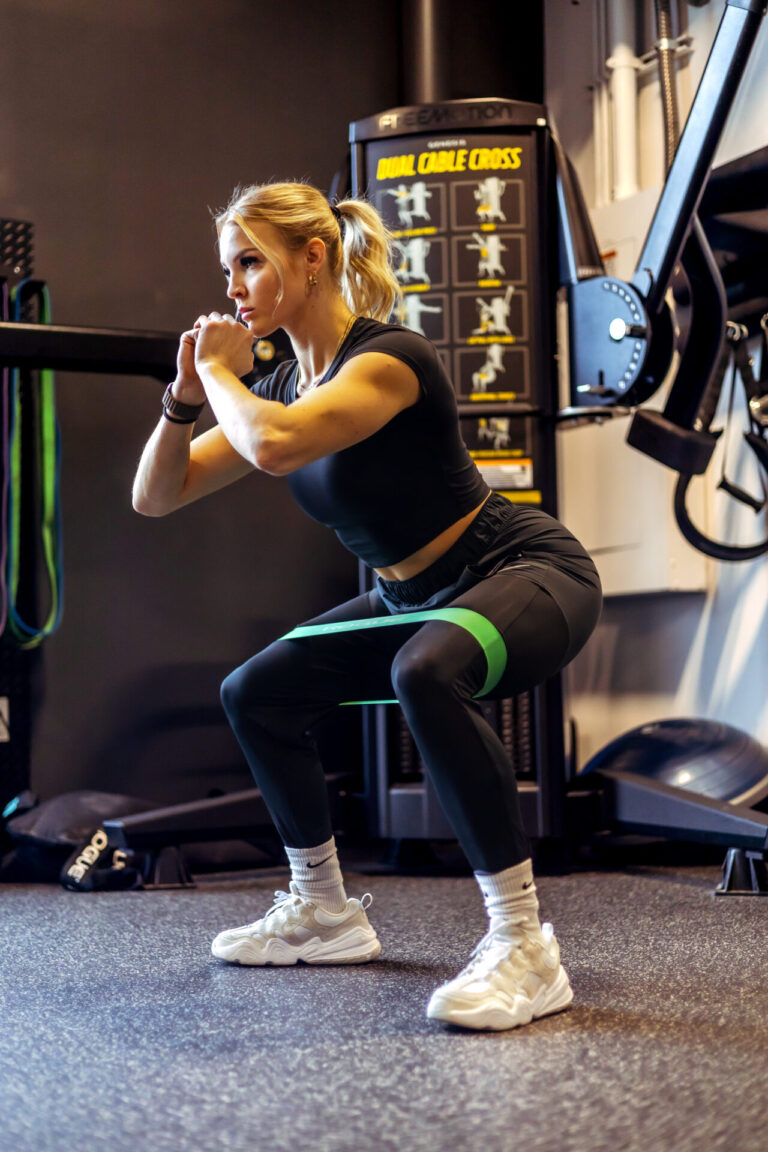
No limits to your plan of care
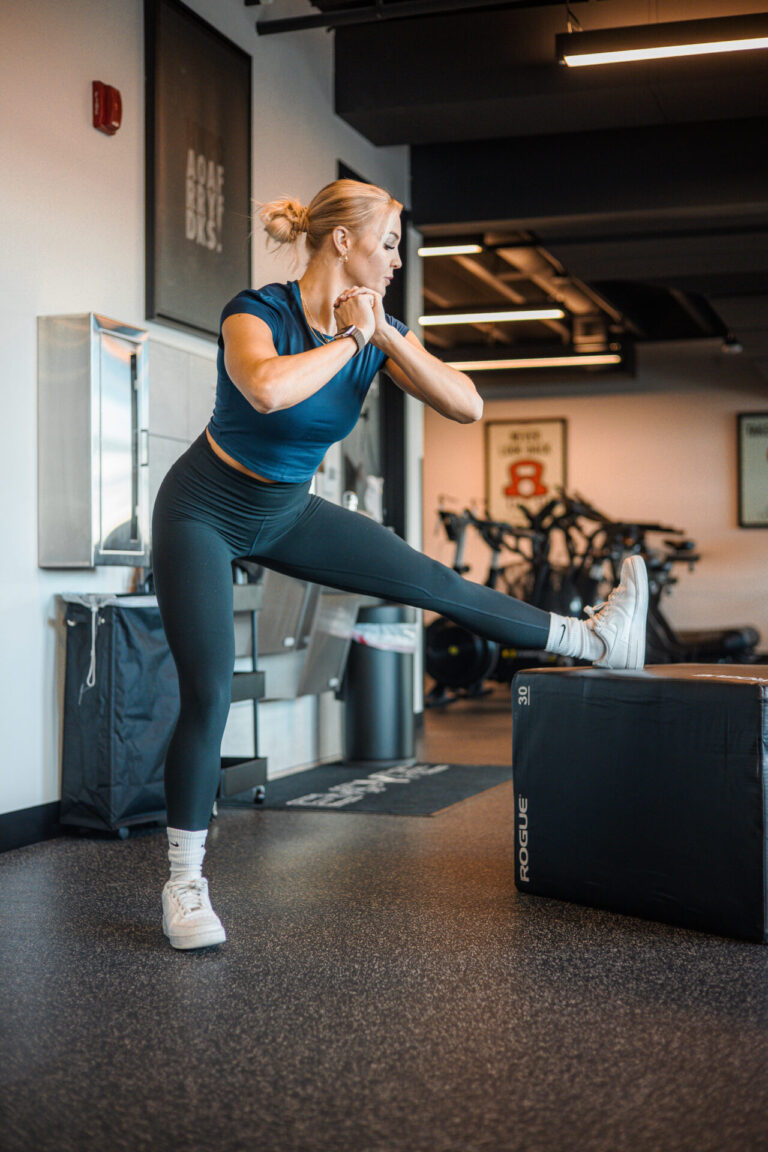
1-0n-1 care entire
session
Receive undivided attention and experience personalized care with our commitment to one-on-one hour sessions with your licensed physical therapist.
INJURIES
WE RECOVER
Common Injuries We Specialize In Treating.

Injury Management & Rehabilitation
- Muscle imbalances and Weakness
- Sports-Related Injuries
- Headaches/Dizziness
- Concussions
- Whiplash
- Post-Operative Rehabilitation

Injury Management & Rehabilitation
- Muscle imbalances and Weakness
- Sports-Related Injuries
- Headaches/Dizziness
- Concussions
- Whiplash
- Post-Operative Rehabilitation

Spinal and Postural Care
- Spinal Conditions
- Degenerative Disc Disease
- Herniated Discs
- Spinal Stenosis Scoliosis
- Sacroiliac
- Joint Dysfunction (Sciatica)
- Postural imbalances

Spinal and Postural Care
- Spinal Conditions
- Degenerative Disc Disease
- Herniated Discs
- Spinal Stenosis Scoliosis
- Sacroiliac
- Joint Dysfunction (Sciatica)
- Postural imbalances

neurological Health
● Nerve Dysfunction:
- Nerve tension/compression
- Carpal tunnel syndrome
- Thoracic outlet syndrome

neurological Health
● Nerve Dysfunction:
- Nerve tension/compression
- Carpal tunnel syndrome
- Thoracic outlet syndrome

Musculoskeletal Wellness
● Patellar tendonitis
● Rotator Cuff Strains/Tear/Tendonitis
● Sciatica & Piriformis Syndrome
● Postural dysfunctions
● Muscular compensation & weakness

Musculoskeletal Wellness
● Patellar tendonitis
● Rotator Cuff Strains/Tear/Tendonitis
● Sciatica & Piriformis Syndrome
● Postural dysfunctions
● Muscular compensation & weakness

Joint Health
● Spinal dysfunctions
● Shoulder impingement
● Hip impingement
● Arthritis
● Scoliosis

Joint Health
● Spinal dysfunctions
● Shoulder impingement
● Hip impingement
● Arthritis
● Scoliosis
physical therapy
services
Indulge in a blend of specialized techniques designed to rejuvenate your body, promoting fluidity and strength.
is a specialized form of physical therapy delivered with the hands as opposed to a device or machine. In manual therapy, practitioners use their hands to put pressure on muscle tissue and manipulate joints in an attempt to decrease back pain caused by muscle spasm, muscle tension, and joint dysfunction. This specialized form of treatment helps to reduce swelling, pain, soft tissue restrictions, mobilize joints, and restore motion and function. Consists of manual techniques such as manual traction, massage, mobilization/manipulation and lymphatic drainage.
is a specialized form of physical therapy delivered with the hands as opposed to a device or machine. In manual therapy, practitioners use their hands to put pressure on muscle tissue and manipulate joints in an attempt to decrease back pain caused by muscle spasm, muscle tension, and joint dysfunction. This specialized form of treatment helps to reduce swelling, pain, soft tissue restrictions, mobilize joints, and restore motion and function. Consists of manual techniques such as manual traction, massage, mobilization/manipulation and lymphatic drainage.
Joints depend on a combination of both stability and mobility in order to help you function efficiently and comfortably. They are supported by a wide variety of physiological structures including capsules, ligaments, tendons, cartilage, and muscle fibers. They all can become injured and are often the hidden underlying factors driving other types of injuries and ailments including muscle strains, ligament damage, and bursitis. Joint dysfunctions can benefit from physical therapy services, with joint mobilization. It involves the passive movement of specific joints using the skilled application of force, direction, and technique. The primary effects of joint mobilizations include pain reduction, improved range of motion, and improved quality of joint movement itself (known as arthrokinematics).
Physical therapy goes beyond post-surgical care by restoring strength, endurance, flexibility, and stability to people who have been injured, are in pain, or have experienced illness. Through therapeutic exercise, it is possible to have your function restored and live a life that is pain-free. Physical therapists are trained to create a customized treatment plan, including therapeutic exercise, that can strengthen your muscles, restore function to healing or surgically repaired joints, and reduce your overall pain levels. Increasing power, endurance, and muscle strength are vital to reducing imbalances, correcting posture, promotes stability as well as bone and joint health, and injury prevention.
is one of the oldest and most effective method of releasing the toxins from body tissue and organs. Research also has been shown it to relax muscles, release trigger points, improve lymphatic flow, increase local circulation and release scar tissue adhesions. It is a technique in which the therapist puts special cups on the skin to create suction. This causes the tissue beneath the cup to be drawn up and swell causing increase in blood flow to affected area. Enhanced blood flow under the cups draws impurities and toxins away from the nearby tissues and organs towards the surface for elimination. This tissue distraction release causes the skin to rise and the blood vessels to expand. The cups can also be glided across different areas to lift and separate tissue to further enhances the release of the interfaces between the neural tissues, fascia, skin, ligaments, muscles, and tendons.
is the acronym for Instrument Assisted Soft Tissue Mobilization. It is a type of manual therapy that utilizes stainless steel instruments to help heal soft tissue injuries through mobilization of the connective tissues, muscles, neurological tissues and skin. It is effective for soft tissue injuries like repetitive stress injury, strains, sprains, and subluxations. This soft tissue mobilization technique treats a wide number of conditions, including quadricep pain, rotator cuff pain, carpal tunnel syndrome, lower back pain, plantar fasciitis, tennis elbow, and even headaches. Its increased rate of volume and blood flow to affected areas enhances healing, boosts cellular activity, reduces pain and inflammation, and increases mobility.
01
MANUAL THERAPY
Manual physical therapy, is a specialized form of physical therapy delivered with the hands as opposed to a device or machine. In manual therapy, practitioners use their hands to put pressure on muscle tissue and manipulate joints in an attempt to decrease back pain caused by muscle spasm, muscle tension, and joint dysfunction. This specialized form of treatment helps to reduce swelling, pain, soft tissue restrictions, mobilize joints, and restore motion and function. Consists of manual techniques such as manual traction, massage, mobilization/manipulation and lymphatic drainage.
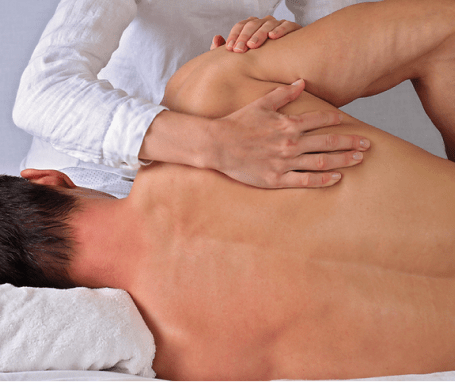
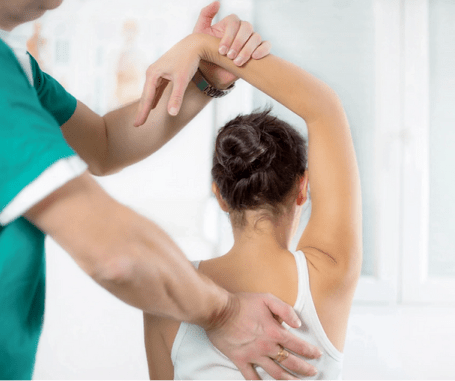
02
JOINT MOBILIZATIONS
Joints depend on a combination of both stability and mobility in order to help you function efficiently and comfortably. They are supported by a wide variety of physiological structures including capsules, ligaments, tendons, cartilage, and muscle fibers. They all can become injured and are often the hidden underlying factors driving other types of injuries and ailments including muscle strains, ligament damage, and bursitis. Joint dysfunctions can benefit from physical therapy services, with joint mobilization. It involves the passive movement of specific joints using the skilled application of force, direction, and technique. The primary effects of joint mobilizations include pain reduction, improved range of motion, and improved quality of joint movement itself (known as arthrokinematics).
03
THERAPEUTIC EXERCISE
Physical therapy goes beyond post-surgical care by restoring strength, endurance, flexibility, and stability to people who have been injured, are in pain, or have experienced illness. Through therapeutic exercise, it is possible to have your function restored and live a life that is pain-free. Physical therapists are trained to create a customized treatment plan, including therapeutic exercise, that can strengthen your muscles, restore function to healing or surgically repaired joints, and reduce your overall pain levels. Increasing power, endurance, and muscle strength are vital to reducing imbalances, correcting posture, promotes stability as well as bone and joint health, and injury prevention.
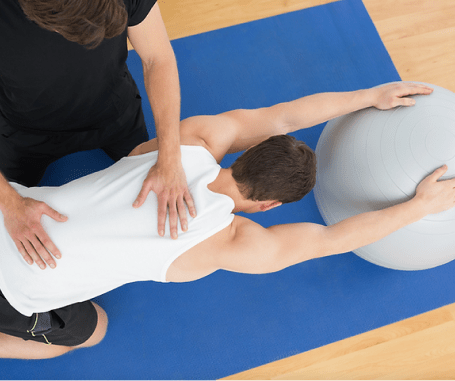
04
CUPPING THERAPY
Cupping therapy is one of the oldest and most effective method of releasing the toxins from body tissue and organs. Research also has been shown it to relax muscles, release trigger points, improve lymphatic flow, increase local circulation and release scar tissue adhesions. It is a technique in which the therapist puts special cups on the skin to create suction. This causes the tissue beneath the cup to be drawn up and swell causing increase in blood flow to affected area. Enhanced blood flow under the cups draws impurities and toxins away from the nearby tissues and organs towards the surface for elimination. This tissue distraction release causes the skin to rise and the blood vessels to expand. The cups can also be glided across different areas to lift and separate tissue to further enhances the release of the interfaces between the neural tissues, fascia, skin, ligaments, muscles, and tendons.
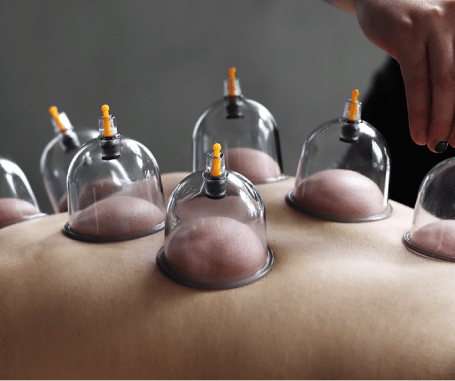
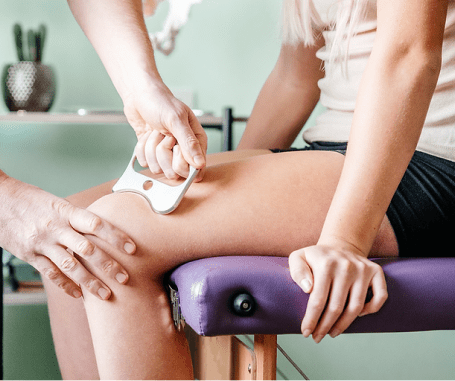
05
IASTM
IASTM is the acronym for Instrument Assisted Soft Tissue Mobilization. It is a type of manual therapy that utilizes stainless steel instruments to help heal soft tissue injuries through mobilization of the connective tissues, muscles, neurological tissues and skin. It is effective for soft tissue injuries like repetitive stress injury, strains, sprains, and subluxations. This soft tissue mobilization technique treats a wide number of conditions, including quadricep pain, rotator cuff pain, carpal tunnel syndrome, lower back pain, plantar fasciitis, tennis elbow, and even headaches. Its increased rate of volume and blood flow to affected areas enhances healing, boosts cellular activity, reduces pain and inflammation, and increases mobility.




